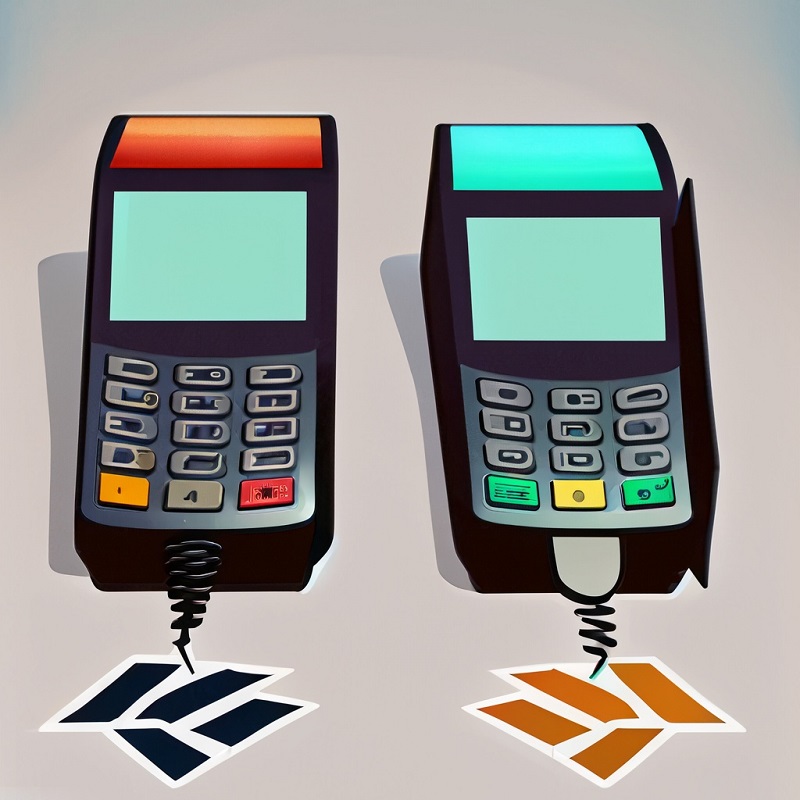
Switching Terminals
Switching from one payment terminal to another is a common occurrence for businesses as they seek to adopt better technology or change service providers. While the process might seem simple, it’s crucial to ensure that the transition is seamless, compliant, and secure. In this article, we’ll discuss the steps businesses should take to ensure a smooth transition, including staying in compliance, rekeying terminals, consolidating e-pads and card readers, and erasing sensitive data before disposal.
Staying in Compliance
Compliance with industry standards, such as the Payment Card Industry Data Security Standard (PCI DSS), is crucial when switching terminals. The following measures should be considered to ensure compliance:
- Consult your payment processor: Reach out to your new payment processor to ensure that the terminal you are switching to meets all industry requirements and regulations.
- Update your policies and procedures: Review and update your internal policies and procedures related to payment processing and data security, and train your staff on these changes.
- Maintain encryption and security protocols: Ensure that the new terminal supports end-to-end encryption and other security features to protect sensitive customer data.
Rekeying Terminals
Rekeying, or updating the encryption keys in your new terminal, is an essential step to ensure a secure and compliant transition. While the specific process may vary based on the terminal manufacturer and your payment processor, the general steps include:
- Contact your payment processor to initiate the rekeying process and obtain new encryption keys.
- Follow the instructions provided by the processor or the terminal manufacturer to input the new encryption keys into the device.
- Test the terminal with a live transaction to confirm that the rekeying was successful.
Consolidating E-Pads and Card Readers
Modern payment terminals often come with built-in e-pads and card readers, streamlining the payment process and reducing clutter. When switching terminals, consider consolidating your devices by:
- Choosing a terminal with integrated card readers and e-pads: Select a device that supports multiple payment methods, including EMV chip cards, contactless payments, and mobile wallets.
- Training your staff: Ensure that your employees are familiar with the new terminal’s features and functionality to avoid confusion during the transition.
Erasing Information on Terminals Before Disposal
Before disposing of your old terminals, it’s critical to erase all sensitive data to protect customer information and maintain compliance. Follow these steps to securely dispose of your old terminal:
- Perform a factory reset: Consult the terminal’s user manual or the manufacturer’s website for instructions on how to perform a factory reset, which should erase all data and settings.
- Physically destroy the terminal: After performing a factory reset, physically destroy the terminal to prevent any potential data recovery attempts. You can use a professional data destruction service to ensure that the terminal is securely disposed of.
- Dispose of the terminal responsibly: Follow local regulations and guidelines for electronic waste disposal to ensure that the terminal is disposed of in an environmentally friendly manner.
Switching payment terminals is a significant decision for any business. Ensuring a smooth and secure transition is crucial to maintaining compliance, safeguarding customer data, and streamlining operations. By following the steps outlined in this guide, businesses can switch terminals with confidence and ease, providing their customers with a seamless and secure payment experience.
Reach Out for Help
If the previous steps aren’t successful, fill out the form below and we’ll attempt to get your information to someone who can help. We can’t guarantee a response, but we will try.
